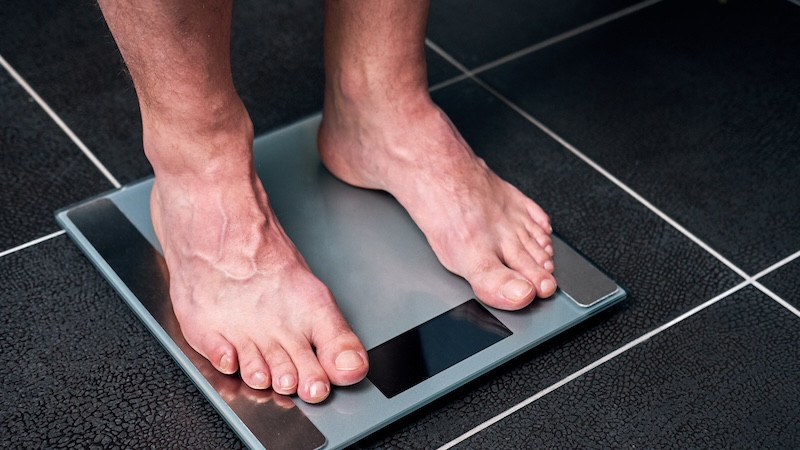Health: 3 Ways to Practice Mindful Eating
Slow down ... and enjoy!

Mindfulness is a major buzzword right now, and rightly so. Becoming more mindful is life-changing. It can help you react more calmly and thoughtfully in any situation, whether you’re stuck in traffic, dealing with a difficult boss, or making food choices. And mindfulness isn’t just a New Age theory; its benefits are backed by plenty of research. Studies have found it may help reduce inflammation (a known trigger of premature aging and disease), lower stress hormone levels, boost happiness, shrink belly fat, improve sleep and curb appetite.
Mindful eating can also be pretty powerful. It can transform a person’s relationship to food. Mindful eating can help you eat less and enjoy your food more. Plus, feeling relaxed while you nosh helps improve digestion and reduce bloating. And while becoming mindful doesn’t happen overnight, the process is actually pretty simple. Here are three steps you can take today.
PRACTICE SLOWING DOWN
If you find yourself eating too fast or making spontaneous food decisions often (like grabbing a handful of M&Ms from the office candy jar), start by slowing the pace of your day. One way to do so: Pop in your earbuds and listen to a five-minute guided mindfulness meditation. You’ll find many options on YouTube, and through apps like Headspace, Meditation Studio and Calm.
At mealtimes, try putting your fork down in between bites to practice mindful eating. You can also try an app like Eat Slower, which allows you to set an interval (anywhere between 20 seconds and 3 minutes) between bites; a bell lets you know when it’s time to lift your fork again. Even if you don’t do this at every meal, regularly practicing slow eating will help you become accustomed to unhurried noshing.
TAKE SMALLER BITES AND SIPS
If you’re struggling to quit a speed-eating habit, try cutting your food into smaller pieces. And if you’re eating popcorn or nuts, eat one piece at a time, and chew each well before grabbing another. Grapes, berries and grape tomatoes can also work well for slowing the pace.
EAT WITHOUT DISTRACTIONS
As efficient as multitasking may be, it’s not great to do at meals or snacks, since it’s extremely difficult (if not impossible) to really pay attention to more than one thing at a time. So step away from your computer, TV, phone and even books during mealtime. By removing distractions, you can really pay attention to the flavors, textures and aromas of your food, and better tune into your hunger and fullness levels. You’ll also be more mindful of how quickly you’re eating, and likely realize that gobbling down food at lightning speed doesn’t actually feel good. If you can’t do this at every meal, commit to undistracted eating at least once a day.
Ready to give it a go? This trio of steps may lay the foundation for balance and help remedy chaotic or erratic eating. So rather than thinking about calories or carbs, shift your focus inward, take a deep breath and start to adopt a new type of healthy eating pattern.


